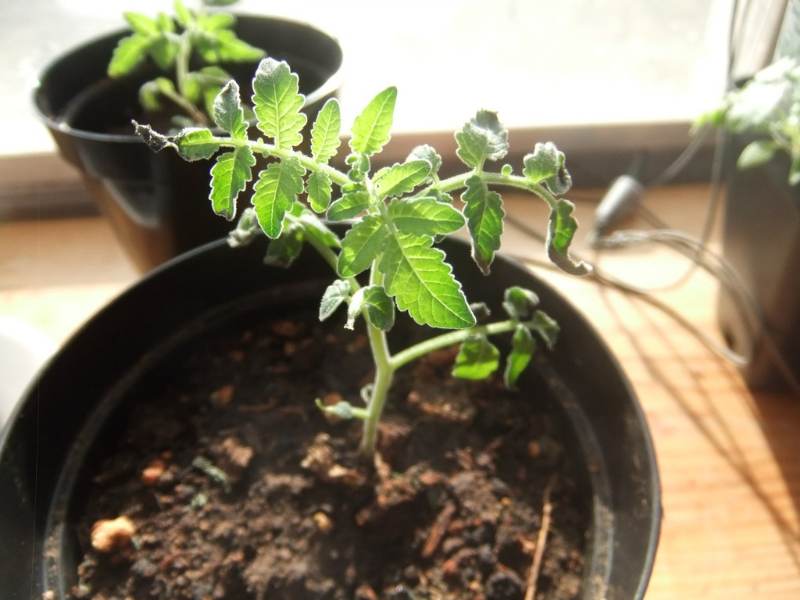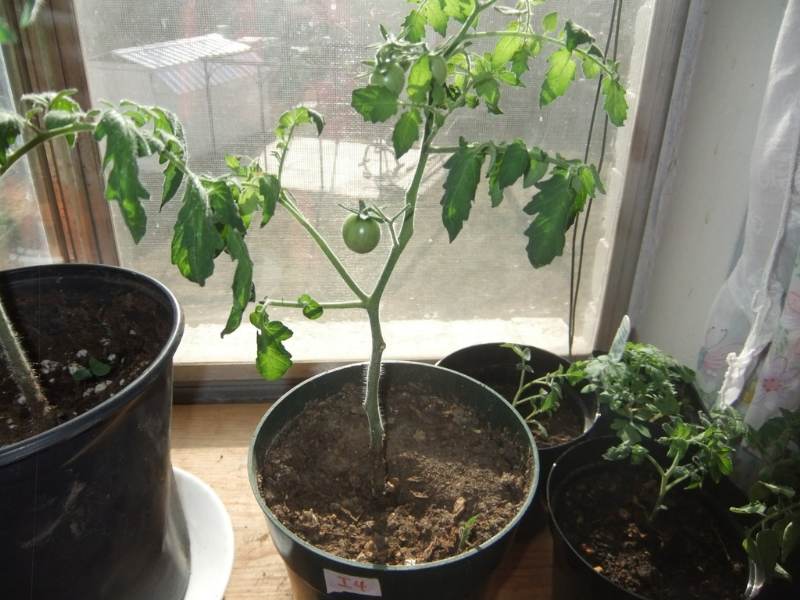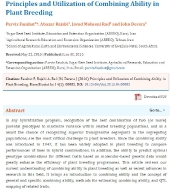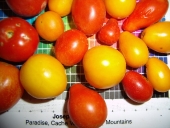
 2
2

















 ');
');
MizEllie and her Service Dog, MaeMae
Zone 4, NW Wisconsin











MizEllie and her Service Dog, MaeMae
Zone 4, NW Wisconsin









 1
1




Nick alevras wrote:Great work will they survive the colder months or do they wilt like normal tomatoes




 1
1

































Andrew Barney wrote:i also have some seedlings of LA4135 an F1 S. lycopersicon X S. Pennellii that is in the group of wilds and semi-wilds. Joseph might be interested in offspring from that.




Joseph Lofthouse wrote:
Andrew Barney wrote:i also have some seedlings of LA4135 an F1 S. lycopersicon X S. Pennellii that is in the group of wilds and semi-wilds. Joseph might be interested in offspring from that.
Yes!!! I'm very interested in offspring of that cross. S. pennellii grew poorly for me last year. I didn't get any successful crosses with it. I still want to try to grab the anther shape from the species for inclusion in my promiscuous pollination projects.









Joseph Lofthouse wrote:Solanum pennellii has other very interesting traits such as drought tolerance, a fascinating leaf shape, salt tolerance, and disease resistance, so whatever I can grab out of it will be welcomed, even if the unusual anther shape doesn't manifest. I finally recovered the flower type that I wanted from another project: In the 4th generation!.
Here's what this year's Solanum pennellii plants looked like a few minutes ago. I'm growing them in two different potting mixes, because they didn't do well for me last year, and I want to spread the risk out.




@imgrimmer wrote:I am really excited to see the fruits.









 3
3




 20171110_100319_cropped by Andrew Barney, on Flickr
20171110_100319_cropped by Andrew Barney, on Flickr











Permaculture...picking the lock back to Eden since 1978.
Pics of my Forest Garden





Greg Martin wrote:Wow Andrew! How was the fruit quality on your "spinach leaf" tomato? :)
Really sounds wonderful. If you ever have spare seeds I'd love to do some additional work over here in Maine.
Cheers




Permaculture...picking the lock back to Eden since 1978.
Pics of my Forest Garden








 1
1














| I agree. Here's the link: http://stoves2.com |





